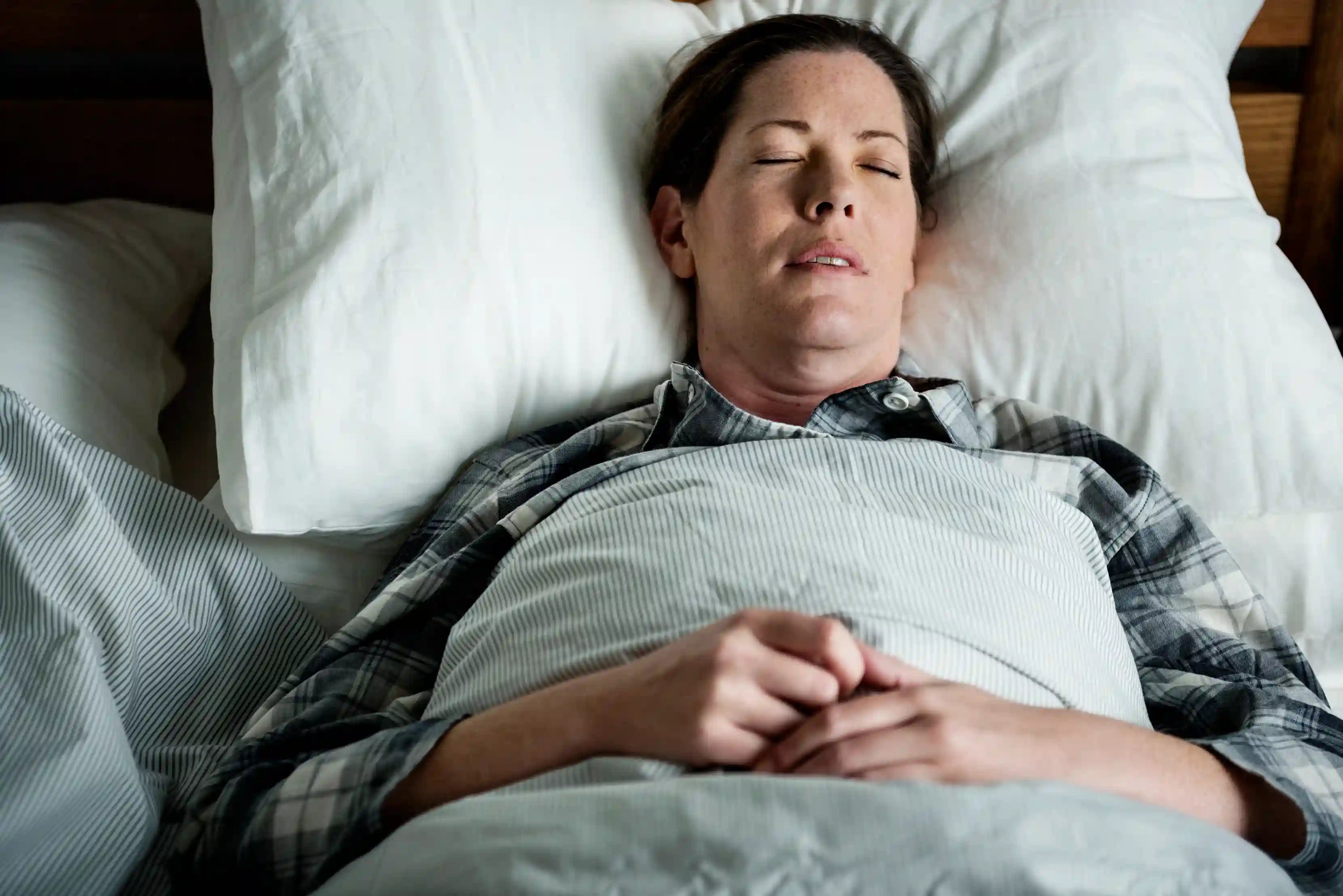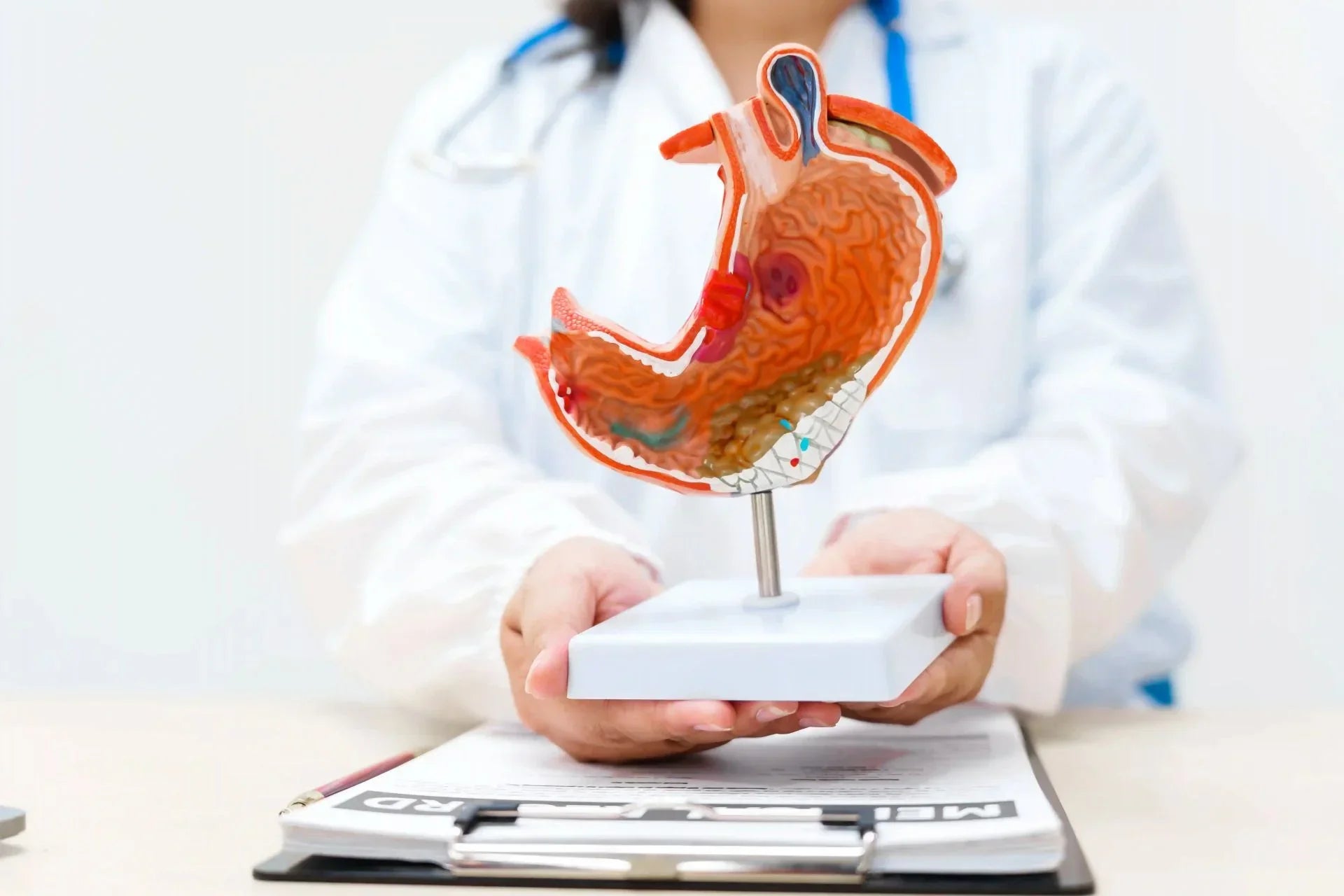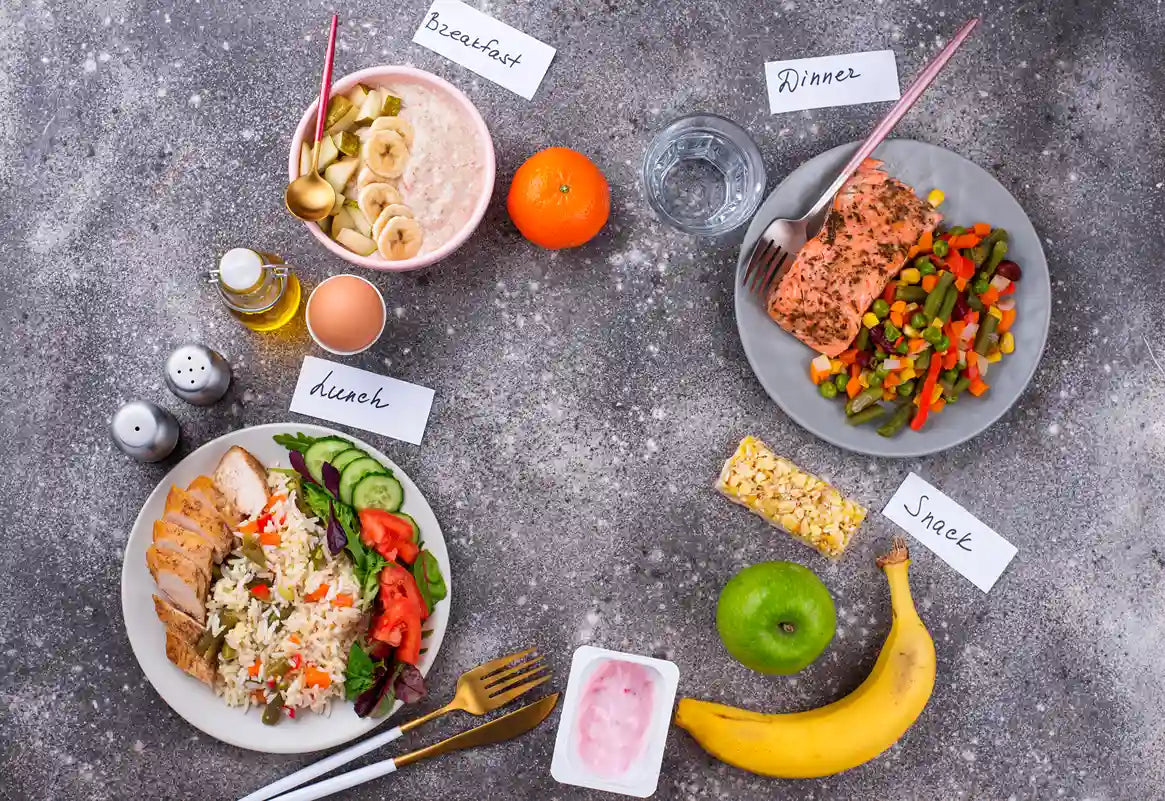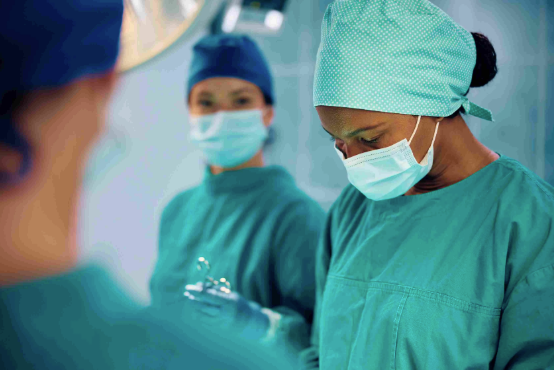What is the intragastric balloon? Everything you need to know
Written by: Laura Arantegui / Date: 26-03-25 / Reading 3 Minutes
The intragastric balloon is a non-surgical option for the treatment of obesity. This method is ideal for people who need to lose weight effectively but prefer to avoid invasive procedures. Below, we will explore everything you need to know about this treatment: its benefits, risks, impact on weight loss and dietary recommendations.

Table of Contents
- 1. What is an intragastric balloon and what is it for?
- 2. Is the gastric balloon dangerous?
- 3. What to eat with intragastric balloon?
- 4. The importance of a balanced intragastric balloon diet
What is an intragastric balloon and what is it used for?
The intragastric balloon is a silicone balloon with a capacity of 400 to 900 cc (depending on the manufacturer), whose purpose is to achieve a partial occupation of the stomach, and thus create a feeling of early satiety and decreased appetite. This device is introduced into the stomach by means of an endoscopic technique. Once in place, it is filled with a sterile saline solution, occupying part of the space in the stomach.
The main objective of the intragastric balloon is to help people with obesity to lose weight significantly and improve associated comorbidities. In addition, it serves as a temporary tool to encourage healthy eating habits and promote lifestyle changes that help maintain weight in the long term.
Benefits of the gastric balloon
- Significant and rapid weight reduction.
- Better appetite control.
- Helps control comorbidities associated with obesity, such as type 2 diabetes or hypertension, among others.
- Presentation in eye-catching packaging and easy access in supermarkets.
Gastric balloon objectives
- Encourage a transition to healthy eating habits.
- Reduce body mass index (BMI) to improve quality of life.

Is the gastric balloon dangerous?
Although the intragastric balloon is safe in most cases, like any treatment, it can cause adverse effects. These can be minimized by following the medical indications and keeping a constant follow-up with the health care team.

Frequent adverse effects
The most common adverse effects are related to the digestive system. During the first 2-3 days, it is normal to experience nausea, vomiting and abdominal pain. Although these symptoms may be prolonged, most patients are able to tolerate the balloon with the help of appropriate medication.
Rare effects
Rarely, some patients may experience persistent vomiting that could lead to mild dehydration. If this occurs, it is crucial to contact the medical team that placed the balloon for possible hospital monitoring and intravenous hydration. In extreme cases, early removal of the balloon may be necessary.
Exceptional adverse effects
Although very rare, gastric ulcers may occur during treatment. Another rare complication is balloon leakage or rupture, detectable by a change in the color of the urine to blue. If this happens, the medical team should be contacted immediately for a review and possible removal of the balloon.
When is it necessary to remove the intragastric balloon?
The intragastric balloon is designed to remain in the stomach for 6 to 12 months, depending on the model used.
What to eat with intragastric balloon?
After the placement of the intragastric balloon, you must follow the recommendations of your Dietician-Nutritionist, but here are some simple guidelines:
- Consume small portions.
- Ensure a correct daily protein intake.
- Stay well hydrated, avoiding sugary, carbonated and/or alcoholic beverages.
- Use simple cooking techniques that use little oil (grilling, steaming, cooking, microwave, papillote, etc.) avoiding frying, battering, breading and stews.
A proper diet and dietary re-education is essential to maximize the benefits of the intragastric balloon and minimize side effects.
The importance of a balanced intragastric balloon diet
Maintaining a balanced diet not only helps you lose weight, but also ensures that your body receives the nutrients it needs to function properly and avoid nutritional deficiencies.
The intragastric balloon is an effective tool for weight loss, especially when combined with a balanced diet and lifestyle changes. Although it has some risks and side effects, these can be managed with proper follow-up. If you are considering this treatment, consult with a specialist to determine if it is the right option for you.

Get to know the complements that will help you
See other related articles:









